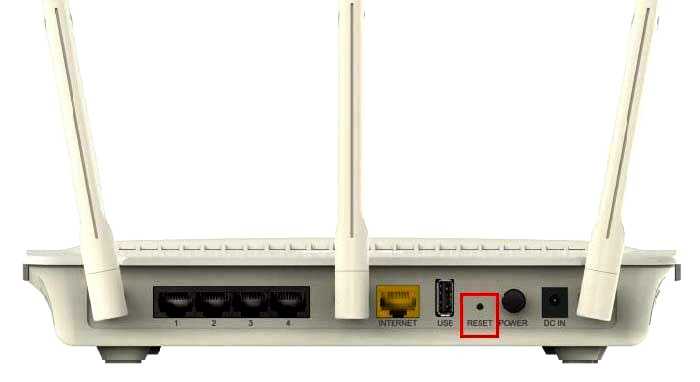Learn how to hack WiFi passwords using smartphones or laptops. We depend on WiFi to stay connected to the internet. However, with the growing number of wireless networks, it has become easier for hackers to infiltrate these networks and steal sensitive information. That’s why learning how to hack WiFi passwords has become a valuable skill for both ethical hackers and cybersecurity professionals.
In this guide, we will explore different methods that hackers use to crack WiFi passwords. We will also provide you with valuable tips and tools to secure your own network against attacks. Whether you’re a beginner or an expert, this guide has everything you need to know about WiFi hacking.
How to Hack WiFi Passwords: Techniques and Tools
- Brute-Force Attack
A brute-force attack is a common technique used to crack WiFi passwords. It involves guessing all possible combinations of passwords until the correct one is found. This method can take a long time and may not always be successful. However, it is a good starting point for beginners.
- Dictionary Attack
A dictinary attack is another popular method used to crack WiFi passwords. It involves using a pre-made list of common passwords and trying them one by one until the correct one is found. This method is more effective than a brute-force attack and can save time.
- Social Engineering
Social engineering is a technique that involves tricking people into revealing their passwords. Hackers can use different methods such as phishing emails, phone calls, or fake websites to obtain sensitive information. This method is effective because it targets the weakest link in the security chain: human beings.
- WPS Attack
The Wi-Fi Protected Setup (WPS) is a feature that allows users to connect to a network without entering a password. This feature can be exploited by hackers to gain access to a network. By exploiting a vulnerability in the WPS protocol, hackers can obtain the network’s password.
- Rainbow Table Attack
A rainbow table attack is a precomputed table of possible passwords used to crack password hashes. By using this method, hackers can crack passwords quickly without having to guess them manually.
READ MORE:
How to Secure Your Network
Now that you know how to hack WiFi passwords, it’s time to secure your own network. Here are some tips to help you protect your wireless network from attacks:
Change Your Default Password
The default password that comes with your router is usually easy to guess. Therefore, it is recommended that you change it to a more secure one. Make sure to use a strong password that includes a combination of uppercase and lowercase letters, numbers, and symbols.
Disable WPS
As we mentioned earlier, WPS is a feature that can be exploited by hackers. Therefore, it’s best to disable it completely. This will make it harder for hackers to gain access to your network.
Enable Network Encryption
Most routers come with different encryption methods such as WEP, WPA, and WPA2. It’s recommended that you use WPA2, which is the most secure method. This will encrypt all data transmitted over your network and make it harder for hackers to intercept it.
Update Your Router’s Firmware
Router manufacturers often release updates to fix security vulnerabilities. It’s essential to keep your router’s firmware up-to-date to ensure that it’s secure against the latest threats.
Use a Virtual Private Network (VPN)
A VPN is a service that encrypts your internet connection and protects your privacy online. It creates a secure tunnel between your device and the internet, preventing hackers from intercepting your data. By using a VPN, you can hide your IP address and location, making it harder for hackers to track you.
Disable Remote Management
Remote management allows you to manage your router from a remote location. However, it’s also a potential security risk. Hackers can use this feature to gain access to your router’s settings and make changes to your network. Therefore, it’s best to disable remote management unless it’s absolutely necessary.
Use MAC Filtering
MAC filtering is a security feature that allows you to create a list of devices that are allowed to connect to your network. This can prevent unauthorized devices from accessing your network. However, it’s important to note that MAC filtering can be bypassed by experienced hackers.
FAQs
Is it legal to hack WiFi passwords?
- A: No, hacking WiFi passwords without the owner’s consent is illegal and can lead to severe consequences.
Can I hack my own WiFi network?
- A: Yes, you can hack your own WiFi network to test its security. This is known as ethical hacking and is a valuable skill for cybersecurity professionals.
What is the best method to hack WiFi passwords?
- A: The best method to hack WiFi passwords depends on the network’s security level and the tools available to the hacker. Brute-force and dictionary attacks are common methods used by hackers, but they can be time-consuming and may not always be successful.
NOTE: learning how to hack WiFi passwords can be both valuable and dangerous. While it’s essential to know how hackers operate to protect your network, it’s also crucial to use this knowledge responsibly. By following the tips and techniques outlined in this guide, you can secure your own network against attacks and prevent unauthorized access. Remember, hacking without the owner’s consent is illegal, and the consequences can be severe. So, use this knowledge wisely and stay safe online.

